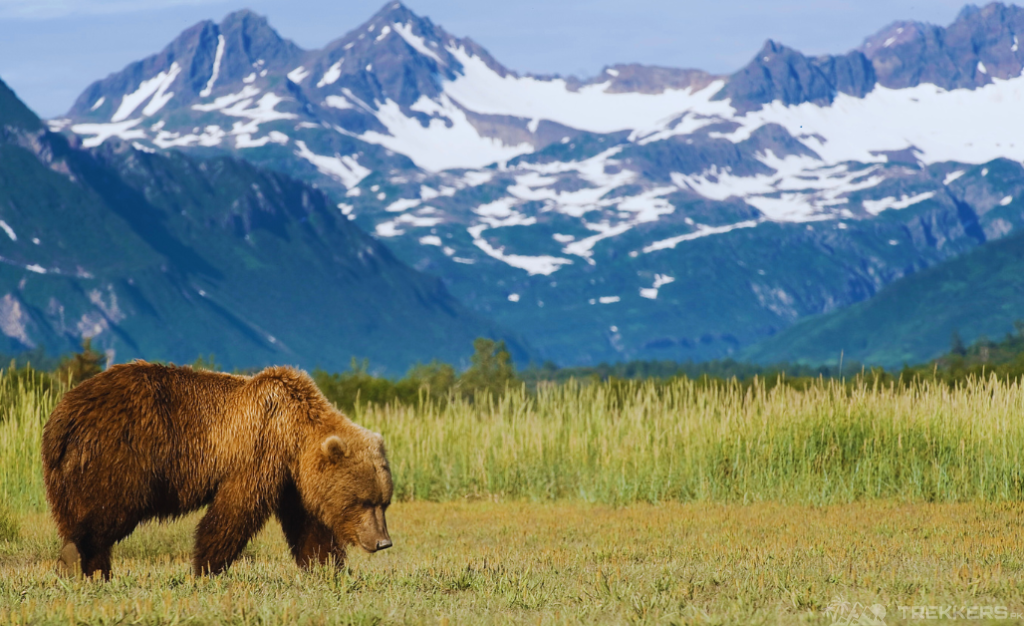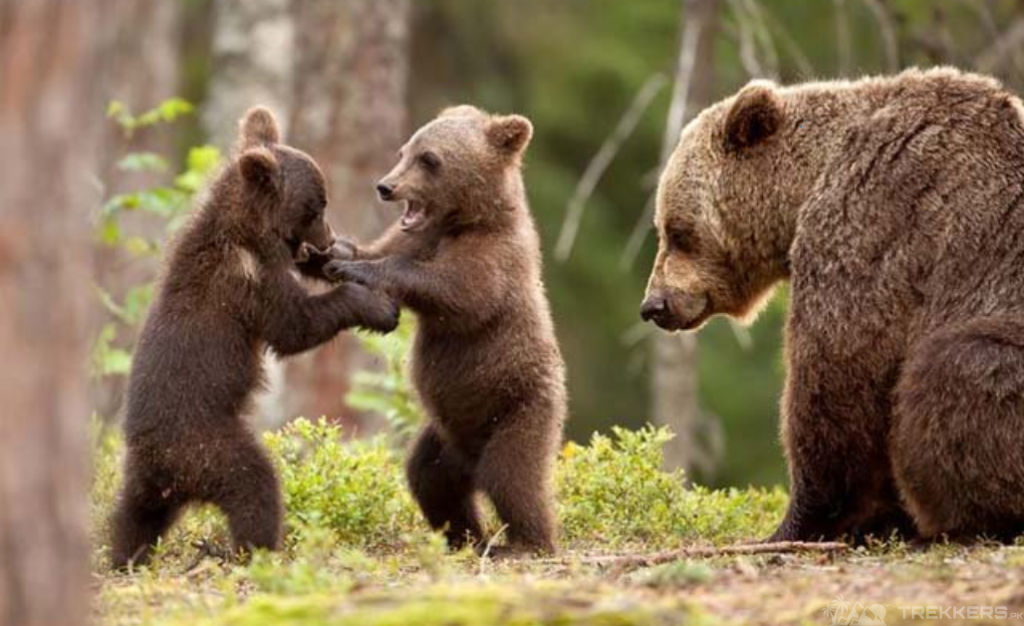Deosai plains in Gilgit-Baltistan, the Northern side of Pakistan, is a known habitat for the endangered species, the Himalayan Brown Bears. It is the perfect home for these wild creatures with rugged landscape and expanded grassland, high and away from the world.
However, these majestic creatures once roamed around in Deosai’s wilderness in big numbers. However, the number of Brown bears declined significantly when exposed to merciless hunters and locals defending themselves. They were on the verge of extinction until protection efforts were made to conserve and safeguard the unique species.
Read this insightful blog to learn more about Deosai’s endangered species: The Himalayan Brown Bear.
From Deosai Plain to Deosai National Park
Deosai Plain is located between Astore and Skardu districts in Gilgit-Baltistan, Pakistan. Situated at an elevation of 4114M (14500 ft) above sea level, the high-altitude plains cover an area of 843 km2 (325 sq mi). Geographically, it is high in the Western Himalayas between the Karakoram mountains. It is the Second Highest Alpine Plain in the World.
In 1993, they declared the plain as a National Park to safeguard the wildlife. They made several efforts, and they restricted mainly inhabited zones for people. Apart from the bears, Deosai is home to other wild animals, including Himalayan Ibex, Gray Wolf/Himalayan Wolf, Markhor, Snow Leopard, Tibetan Red Fox, Himalayan Marmot, Himalayan Snowcock, Peregrine Falcon, Golden Eagle, Bearded Vulture, Lugger Falcon, Musk Deer, and several bird species.
Himalayan Brown Bears
The Himalayan brown bears (Ursus arctos isabellinus) is a unique subspecies of the brown bear. They are easily recognized by their sandy or reddish-brown fur, weighing around 70- 135 kg. These remarkable creatures are believed to have freely roamed the vast mountain ranges of the Himalayas, Hindu Kush, and Pamir.

However, the brown bears representing an ancient lineage are now on the verge of extinction. Their numbers have drastically declined over the last century. They have lost 98% worldwide. Except for the Deosai population, which after many efforts, has seen a positive change for these giants.
The Brown Bears in Deosai
Deosai’s picturesque landscape and wilderness make it an ideal home for brown bears. Its grassy plateaus, crystal-clear streams, and alpine meadows offer a perfect home for unique species.
Along with other wild animals, the brown bears are a natural habitat of the Deosai plain. Living here, they roam around in some areas (restricted for humans) of Deosai in the summer season. If you are lucky, you may encounter one or hear them out at night. These bears are omnivores and largely vegetarian; thus, they feed on Deosai’s grass, roots, plants, some insects, and animals.
When the snowy season comes, these bears will descend from a high altitude to a slightly lower valley and go into hibernation. These creatures thrive within the park’s unique ecosystem with plentiful food sources and protection from human intervention.
A Concern of Extinction
Despite Deosai’s seemingly perfect environment, the Himalayan brown bear population has been declining. It became concerning when a survey in 1993 found only 17 bears in the region.
With only a few hundred left in the wild, the species is currently listed as “Critically Endangered” by the International Union for Conservation of Nature (IUCN). These bears have the lowest reproductive rate as compared to their other cousins, which has brought them to the verge of extinction.
To save these beautiful creatures, various local and international organizations worked to conserve the species.
Efforts to Save the Endangered Species
Waqar Zakaria, an official of the Himalayan Wildlife Foundation in Islamabad, worked with his team and put tremendous efforts into establishing Deosai as a national park and protecting the bears. They spread awareness among the locals and trained them to be the park staff, further manifesting the park’s welfare.
The Wildlife Protection Act prohibits the trade of any product related to Himalayan Brown Bears thus stopping the hunters. International Organization, the World Wildlife Fund (WWF), works continuously to save the Himalayan Brown Bears. They have partnered with the local authorities of Deosai and work to save the species. This includes implementing strategies such as habitat preservation, educating communities, and promoting coexistence between humans and bears.
This is how the International Organizations and Local Authorities are working to save the majestic giants of Deosai.

After all those efforts, the results have been fortunately positive. The bears have significantly grown in the region. By 2007, the population had grown to forty-three. As for now, the number has increased to seventy-six. It is a huge success for everyone seeing how the previous situation was. This estimated number is believed to escalate more in the future.
Conclusion
While the challenge is tough, the increase in number is a remarkable success. The Deosai National Park continues to work for the protection of the bears, enhancing the survival hope for the endangered bears.
For researchers, adventurers, and wildlife enthusiasts, supporting conservation efforts locally and globally can significantly impact the survival of these amazing animals. By spreading awareness, visiting the park responsibly, and engaging in ecotourism, we can all play a role in preserving Deosai’s ecological heritage and the beloved bears that call it home.